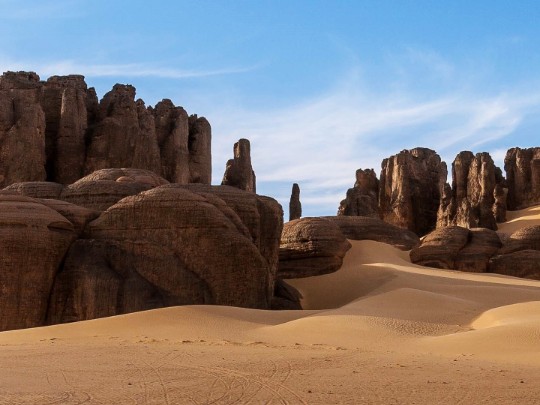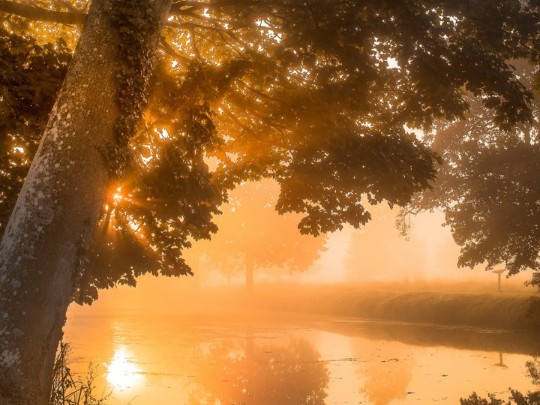Wind-Carved Wonders: Exploring the Unique Yardang Landscapes of New Zealand and Beyond

When you picture a desert, you probably think of rolling sand dunes. But dig a little deeper – literally – and you'll uncover a whole host of incredible geological formations. Among the most fascinating are yardang landforms, sculpted by the persistent and powerful forces of the wind. The name 'yardang' comes from the Uyghur word for 'gully' or 'ravine', and it's a pretty accurate description of these long, streamlined ridges and grooves that dominate arid landscapes.
What are Yardangs and Where Can You Find Them?
You'll typically find yardangs in dry and semi-arid regions, places where the wind really gets to work. Think of the Taklamakan Desert in China or the Namib Desert in Namibia – these are prime examples. While New Zealand doesn't have vast deserts, you can find smaller-scale yardang formations in certain areas with exposed rock and consistent wind patterns, hinting at similar processes shaping landscapes globally.
The Slow Sculpting Process
The creation of yardangs is a remarkably slow and steady process, taking place over thousands or even millions of years. It all starts with variations in the rock or sediment beneath the surface. Some areas are softer, some are harder, and some are made of different materials entirely. The wind, carrying abrasive sand particles like tiny sandblasters, then begins to erode the softer areas much more quickly. The tougher, more resistant material is left standing, gradually forming the characteristic ridges and grooves.
A Breathtaking Desert Landscape
The result is a truly breathtaking desert landscape. Yardangs can vary dramatically in size, from just a few metres high to several kilometres long. The detail they display is incredible, offering a visual record of the wind's relentless work. Some yardangs are smooth and rounded, while others are jagged and sharp, showcasing the complex patterns of wind erosion.
Why Study Yardangs?
Beyond their sheer beauty, yardangs offer valuable clues about past climates and wind patterns. By studying their shape, size, and orientation, scientists can reconstruct how the wind has behaved in a region over long periods. They're a powerful reminder of the enduring forces that shape our planet and a stunning example of nature's artistry in even the harshest environments. So, next time you think of a desert, remember the hidden wonders of the yardangs – wind-carved landscapes that tell a story of time, erosion, and the raw power of nature.






